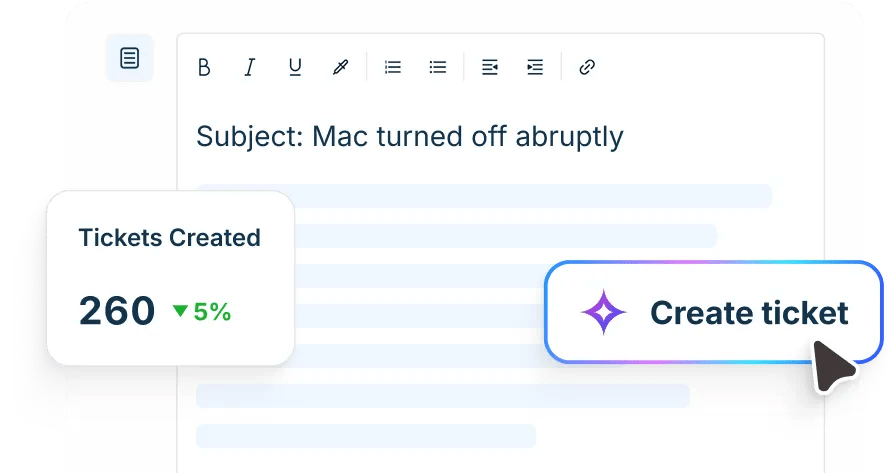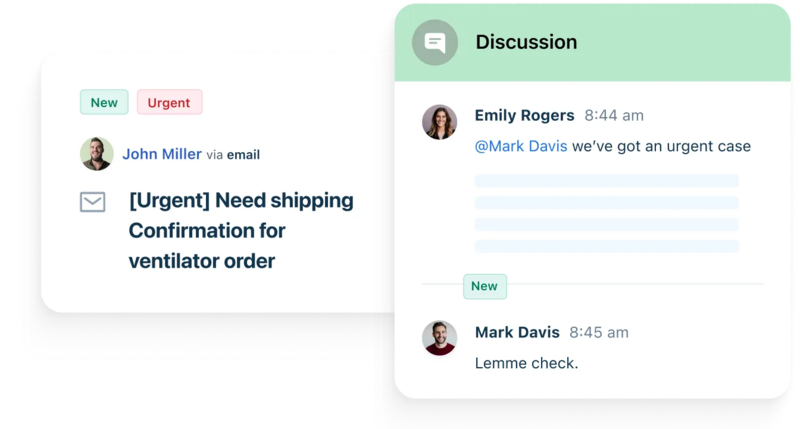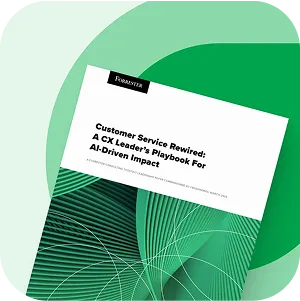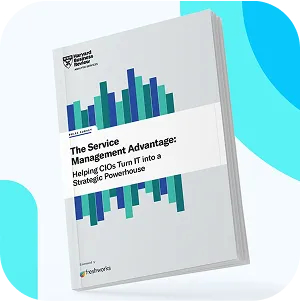Förenkla IT och kundtjänst
Freshworks ger dig AI-assisterad programvara för kundtjänst så att du kan tillhandahålla exceptionella kund- och medarbetarupplevelser.


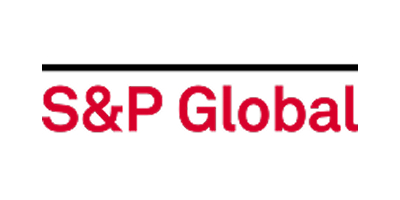

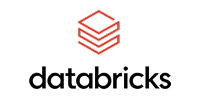

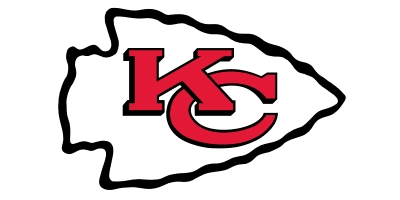














Kraftfulla lösningar som främjar kundlojalitet, effektivitet och tillväxt
Ett lättanvänt verktyg som är byggt för att skapa mervärde
Snabbare implementering. Bättre avkastning. Transparenta kostnader. Freshworks ger dig prestanda i storföretagsklass utan att göra det komplicerat.Vill du öka kundnöjdheten? Lös fler av dina kunders och medarbetares problem – snabbare och enklare. Vem gillar inte det?
AI-agenter ger användarna friheten att själva hitta svar, samt åtgärda och avsluta sina ärenden med ett enda klick.
Med AI-agenter reducerar du antalet ärenden som loggas, vilket förbättrar både svarstiden och produktiviteten.
Avancerad ärendehantering, automatisering och integrerad AI. Bättre, snabbare service är här.
Gör som mer än 73 000 företag – förenkla din tjänsteleverans
Visa alla kundberättelser”Automatisering var en av de viktigaste anledningarna till varför vi valde Freshservice.”
Få insikterna du behöver

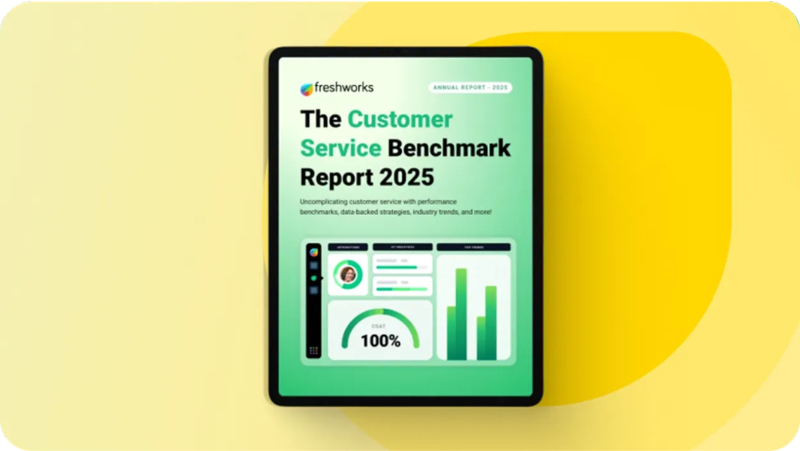
Kom igång med Freshworks
Testa utan kostnad. Skala upp snabbt.
Nu kan du prova en bättre kund- och medarbetarupplevelse med en kostnadsfri provperiod på Freshdesk eller Freshservice. Inget kreditkort krävs.
Se hur snabba resultat ser ut i praktiken
Låt våra experter visa dig hur Freshworks kan lösa dina specifika utmaningar. Få en produktgenomgång som är anpassad efter dina behov.
Läs, fördjupa dig, låt dig inspireras
Ta en titt på våra fallstudier, produktgenomgångar, webbinarier och analyser.
